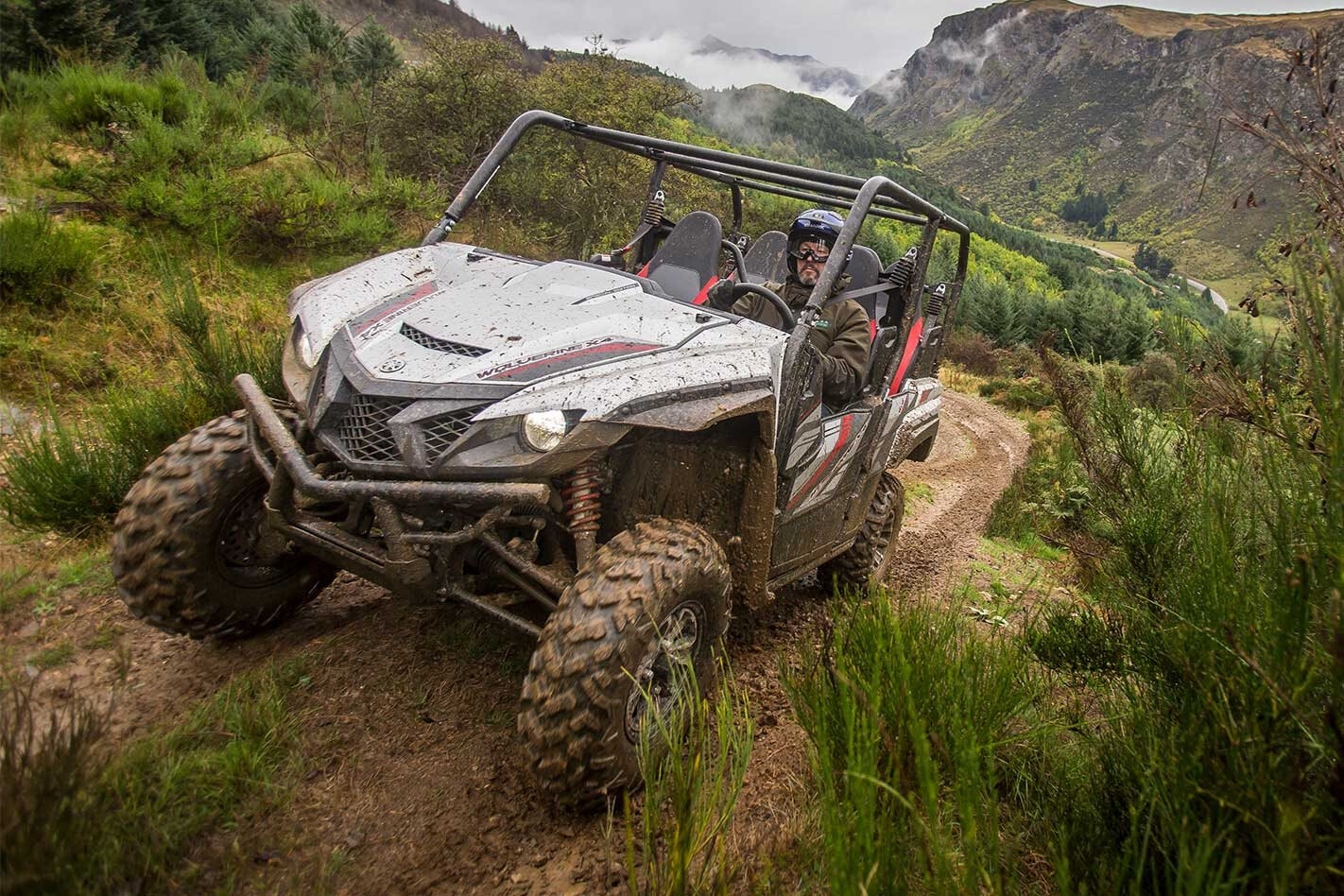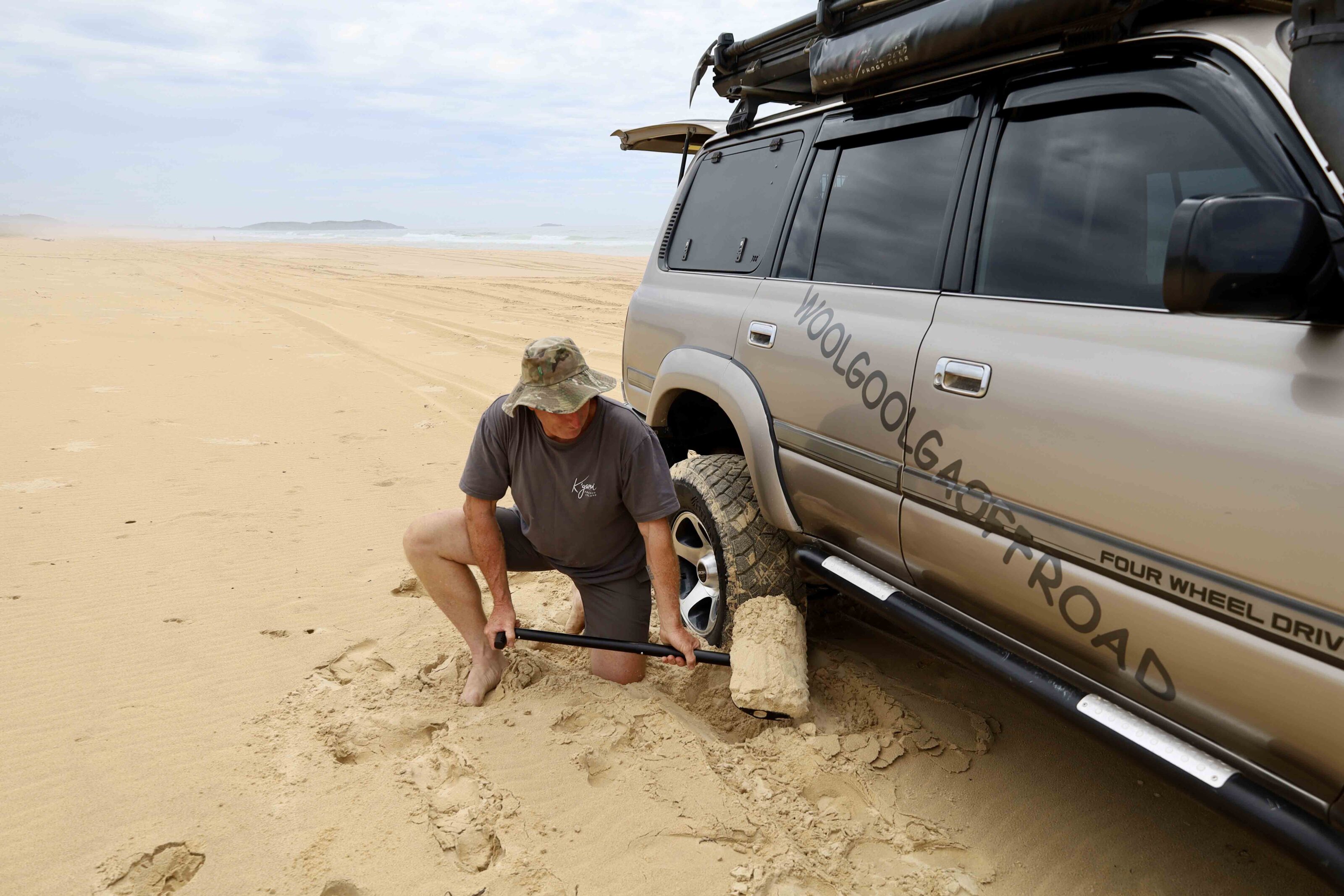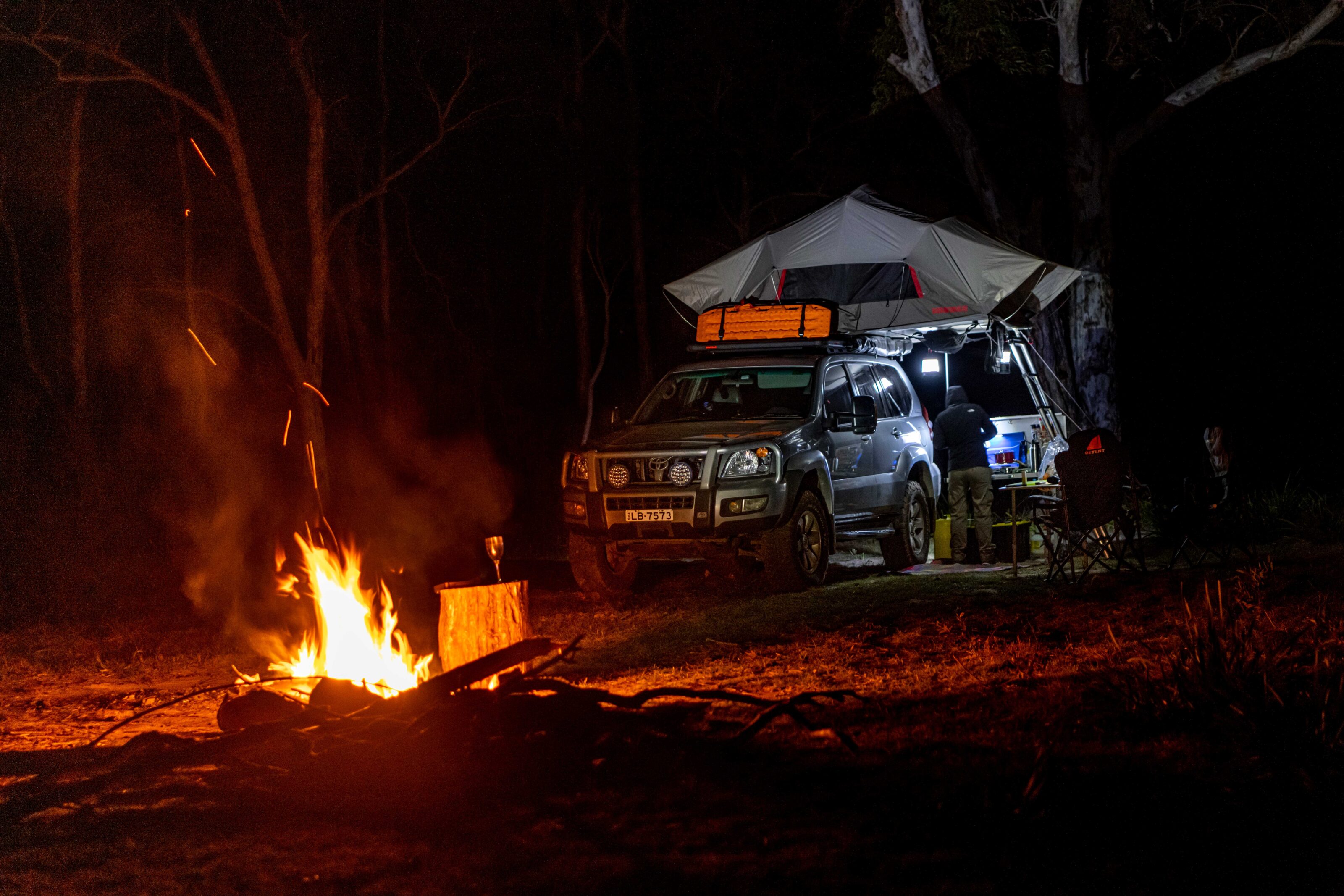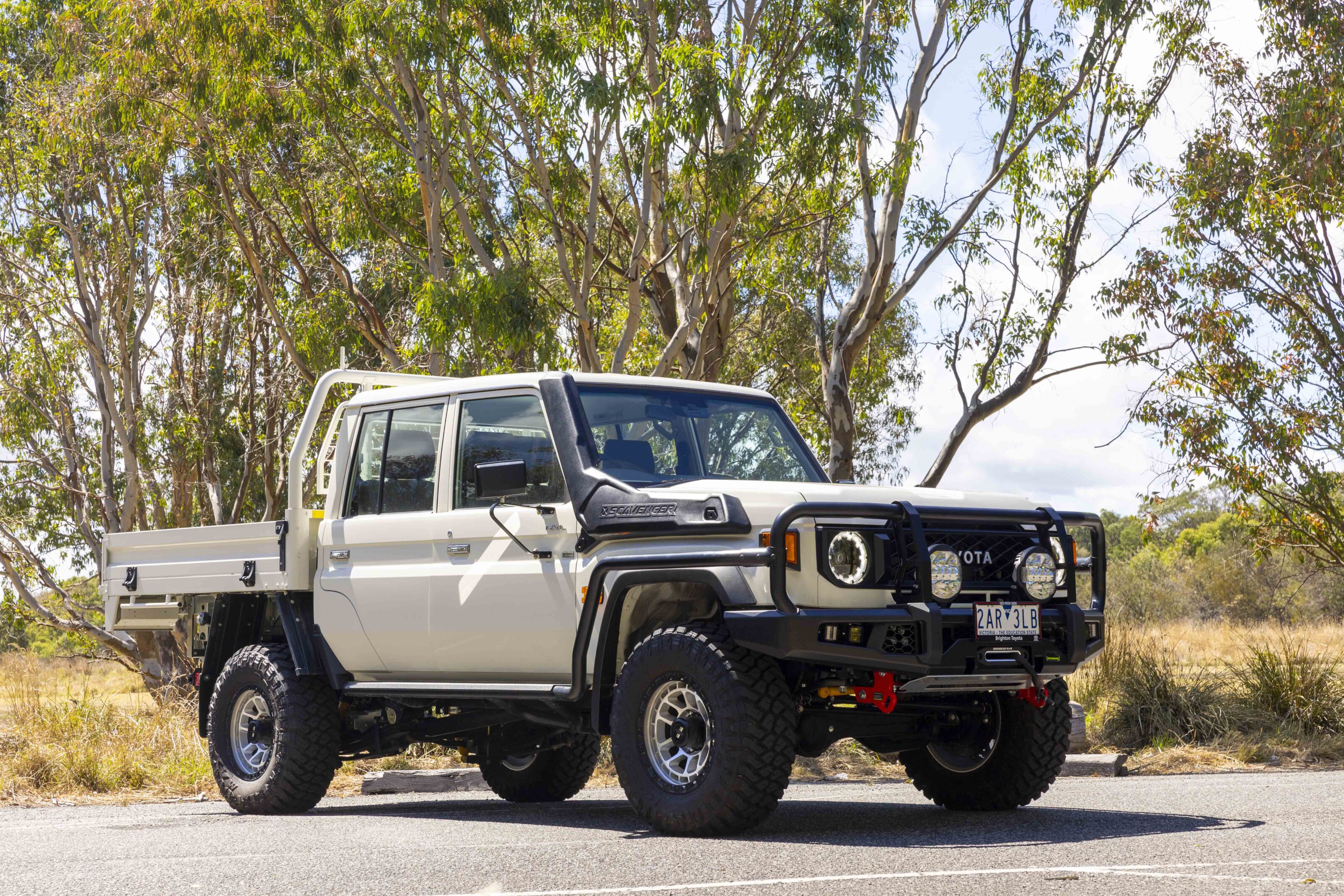THE UTV/ATV/Side-by-Side/SxS/SSV (whatever it’s called this month) market in Australia is slowly evolving.
Hampered by draconian laws and regulations that restrict this style of vehicle to private properties and off-road parks, it has failed to expand as it has in the USA, where they are common in most places you’ll find 4×4 vehicles.
The obvious solution is a system of restricted registration that would allow UTVs to be operated in state forests, national parks and other places where enthusiasts want to get to remote and rugged areas.
The Victorian High Country is a classic area to use, as an example. Covering state forests and national parks, it is used by recreational hunters and fishermen as well as four-wheel drivers and campers, but it’s only accessible on foot, horseback or by road-registered 4x4s and dirt bikes. A recreational registration system for UTVs would allow users to trailer their UTV to a spot at the base of the Alps, unload and then explore at their leisure.
UTVs have less of an impact on tracks than many 4x4s, as they are lighter, more capable and would allow better access to places that are restricted by rough and narrow tracks. Our Nissan Patrol got scratched to buggery on a recent High Country trip on regular tracks, something you wouldn’t be so worried about in a UTV.
Rather than being popular with recreational users, the UTV market in Australia has been limited to agricultural, rural and industrial users who have private land accessible. There are also the SxS racers competing in multiple series across the country, as well as a handful of rec users with access to private land.
As such, the UTVs available here tend to be more focused towards two styles: rural/industrial and sports/competition. In between lays the recreational market, which is huge in the USA but stymied here in Australia.
Recreational UTVs are a cross between the rural and sports models, often giving up load space for more passengers, having more compliant suspension, and offering a huge range of accessories to tailer them to the end user’s needs.
Enter Yamaha’s Wolverine X4. The Japanese brand has taken its successful two-seater Wolverine of the past and made it more rec-friendly, with seating for four, a higher performance 847cc engine and a huge range of accessories. The X4 is designed to get people and gear to hard-to-access places, be they on a farm, the beach, the lake, up in the mountains, or in the snow.
It’s a true 4×4 vehicle with selectable two-wheel drive and four-wheel drive high and low range. The rear axle is permanently locked as there is no differential in it, while the front axle utilises an LSD, which can be manually locked by the driver when needed.
It’s a system that proved more than capable on the steep and muddy slopes on a wet day in Queenstown, New Zealand. In fact, the X4 never really wanted for traction, even when the throttle was pegged through sloshy mud or on steep, wet climbs. As the day got wetter we locked the front diff and the Wolverine continued to climb, descend and traverse any terrain we pointed it at without question.
A key feature of the X4 is the new engine. It’s a new 847cc parallel twin, which benefits from fly-by-wire throttle control for added smoothness and a 270-degree firing crankshaft which delivers more torque than the 360-degree firing crank which is more common in such configured mills. Just like the traction the engine was never left wanting; even on the steepest hills, full throttle was never needed.
The engine is mated to a constantly variable transmission (CVT) for able power delivery, ensuring the big twin is always in its meaty torque band. A unique feature of Yamaha’s Ultramatic CVT is the way it delivers off-throttle engine braking when descending hills.
Where CVTs from other manufacturers require you to apply throttle when descending to achieve any form of engine brake retardation, the Ultramatic lets you leave your foot right off the throttle – and hovering over the brake, if you like – and gives good deceleration through engine braking for controlled descents.
Just as innovative as the driveline package is the seating. The old Wolverine was a two-seater, but it had a handy cargo tray behind the seats. The X4 comes as a four-seater, making it more of a people mover than a load lugger. Those rear seats are almost the same as the front buckets, so the back seat passengers are just as comfortable as those up front. All four seats have lap/sash safety belts.
The difference with the rear seats in the X4 is that if you still want or need some cargo space, they easily fold and slide forward to give you that extra room. They could be easily unbolted if you wanted a more permanent solution for cargo space; the cargo bed has a 71kg load capacity, but remove those back seats and it should leave you with a bit more.
Helping to carry the load in the back, be it passengers or cargo, are the new self-levelling coil-over shocks. The more load you put on them the more they firm up and retain the ride height. I rode on the back seat (185cm tall, 115kg) and was surprised by the space and comfort there. The suspension never bottomed out over the biggest of bumps and maintained its composure whatever terrain it was pointed at.
It’s that suspension composure that helps make the X4 so much fun and safe to drive. It never feels tippy or top heavy, and it’s controlled and capable in all conditions. The biggest revelation came when taken for a ride with one of the owners of Queenstown’s Off Road Adventures, whose stunning property we were sampling the X4 on.
The team at Off Road Adventures has been running quad bike and motorcycle tours in the hills around Queenstown for almost 30 years and they know the terrain and the machinery. They use the older Wolverines themselves, and Lachie didn’t hold back when presented with his first opportunity to try out the X4.
He launched the Wolverine X4 down the hills, accelerating when we would have been using the engine braking; taking off over humps and braking hard into ruts before getting on the gas again. Straight away he commented on the extra power of the new engine and the added stability of the new chassis and suspension. He pushed it to the limits and showed what it was really capable of. Who knows how much faster he would be with some more time behind the wheel.
The Wolverine is fun, functional and ready to go anywhere. There is a massive range of Yamaha accessories available for it, with everything from towing kits and stereo systems to a fully enclosed cabin with doors and a windshield, so you can customise it to suit your needs whatever they may be.
The Wolverine X4 is available now from Yamaha for $23,990.
2018 WOLVERINE X4 SE SPECS: Engine: 847cc Parallel twin, 4-stroke, liquid-cooled, DOHC Bore x Stroke: 82mm x 80.2mm Compression ratio: 10.5:1 Lubrication system: Dry sump Fuel system: Mikuni fuel injection Ignition system: TCI Starter system: Electric Transmission system: Auto Drive system: On-Command 2WD, 4WD, 4WD with diff-lock Final transmission: Shaft Front suspension: Independent Rear suspension: Independent Front brake: Hydraulic Rear brake: Shaft-mounted parking brake Front tyres: MAXXIS MU75, AT26 x 8-12 Rear tyres: MAXXIS MU76, AT26 x 10-12 Overall L/W/H: 3100mm/1519mm/1960mm Wheelbase: 2100mm Min. ground clearance: 273mm Min. turning radius: 4.5m Wet weight: 754kg Fuel capacity: 35L Oil capacity: 4.4L Steering System: Electric assist rack and pinion steering Cargo capacity: 71kg Towing capacity: 900kg Warranty: Three-year factory extended Colour: Matte Silver
Available from: www.yamaha-motor.com.au RRP: $23,990 WE SAY: Fun, functional transport for work and play.






